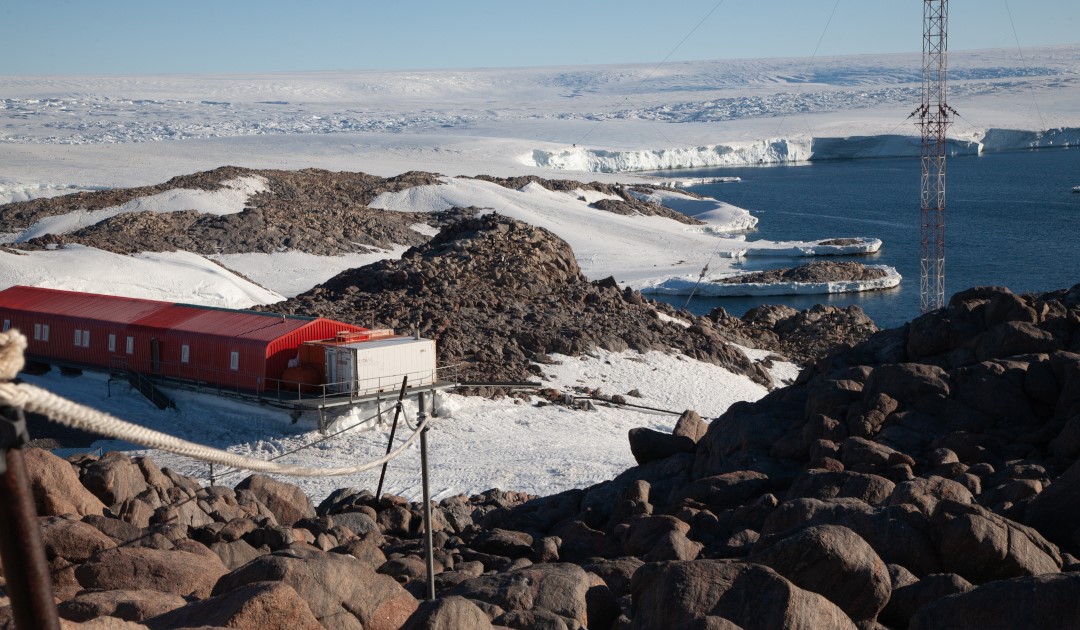
Penguins and researchers have been living together for over 50 years in Terre Adélie, where scientists from the Centre d’études biologiques de Chizé count birds and measure stress hormones in Adélie penguins in order to gain a better understanding of the impact of the environment and human activity on their life cycle.
The Adélie penguin has a special place in the Antarctic ecosystem. Its diet, which consists mainly of ice krill – a small crustacean a few centimetres long – makes it vulnerable to variations in the density and extent of the pack ice. This characteristic makes it a sentinel species for the polar environment, which is why it is closely monitored by scientific observatories all around the continent.
The Adélie penguin has a mainly marine lifestyle, alternating foraging dives with periods of rest on the pack ice or drifting ice patches. However, unlike its cousin the Emperor penguin, it breeds not on the ice but on land, during the austral summer. This breeding period coincides with the peak of human activity in Antarctica: tourism, logistical operations to support research stations and scientific work. Studying the impact of these activities on penguins has therefore been identified as a priority by conservation authorities. However, these studies are still rare; most penguin colonies are far from human infrastructures and the level of disturbance to which they are subjected is difficult to quantify.
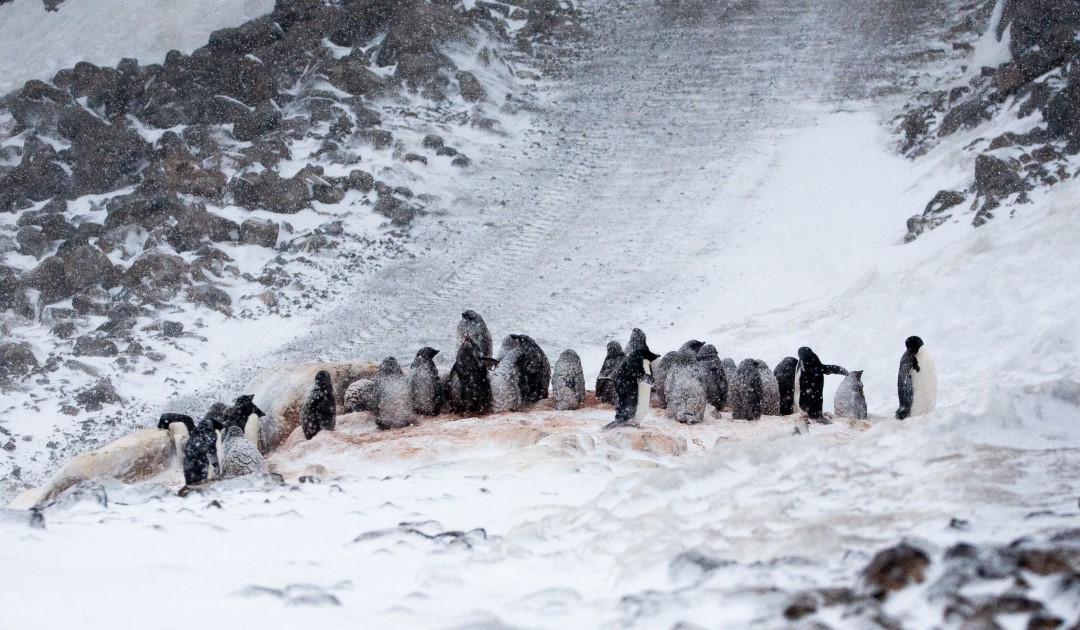
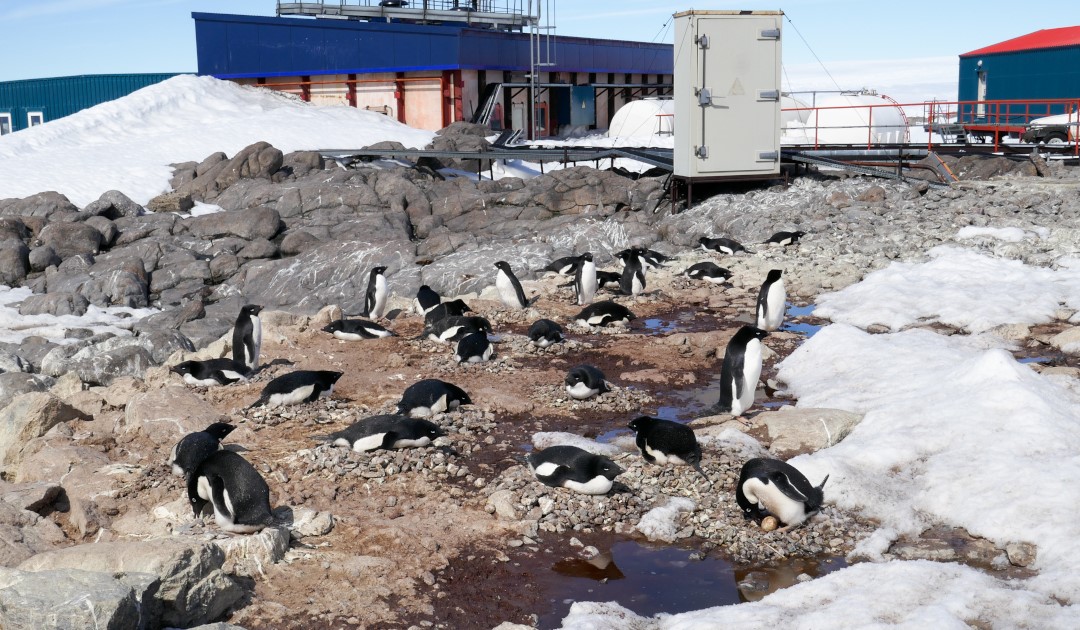
Two scientific publications from the Centre d’études biologiques de Chizé (CEBC) took advantage of the configuration of the Dumont d’Urville polar research station to try and get a clearer picture. Built in the 1950s on Petrels Island (Terre Adélie), the station, managed by the French Polar Institute, consists of several prefabricated buildings surrounded by around a hundred penguin colonies. Just imagine opening the door to the refectory or dormitory and you’re almost right next to the nests!
As well as being easily accessible, these colonies have been monitored by researchers for more than forty years, making it possible to study in detail their demographic evolution and the reproductive success of the individuals that make them up (i.e. the average number of chicks obtained per pair of penguins). Researchers at the Centre d’études biologiques de Chizé can also draw on the laboratory’s expertise in hormone studies, in particular the measurement of corticosterone. Increased secretion of this hormone reflects the birds’ stress levels. For demography, as for hormones, sites that are more or less exposed to human activity can be compared with each other.
What do the demographics say?
The study published in the journal Oecologia [1] [by Yann Méheust and his colleagues, editor’s note] produced a surprising result: individuals from colonies located in the middle of the station had better reproductive success on average than colonies located at a distance from buildings. The precise mechanism explaining this phenomenon remains uncertain. A protective effect of the buildings against the weather or predators could be the cause.
Another hypothesis is based on the effects of grading work and building construction, which produce a lot of gravel that penguins use to build their nests. More gravel would make it possible to build better quality nests that are better insulated from the ground and from flooding, which is fatal to chicks. These factors could explain why penguin colonies persist in the immediate vicinity of buildings despite the intense human activity associated with them.
What about hormones?
Quantity does not necessarily mean quality, and if proportionately more chicks survive in colonies surrounded by buildings, what about their stress levels?This is the subject of the second study published in Frontiers in Ecology and Evolution [2] [Published by Coline Marciau and colleagues, editor’s note]. The researchers compared body condition and corticosterone levels in adults and chicks nesting either near the station or on nearby protected islands [3]. No significant differences in either the stress response of the penguins or their body condition were identified in the adults as a function of their proximity to human activities.
However, there was a significant difference in the stress response of chicks between some of the colonies studied. This difference is characterised by an increase in the stress response of chicks located in colonies close to human activities, suggesting an influence of disturbance on young individuals. However, the lack of systematic results means that no robust conclusions can be drawn and a larger sample would be required.
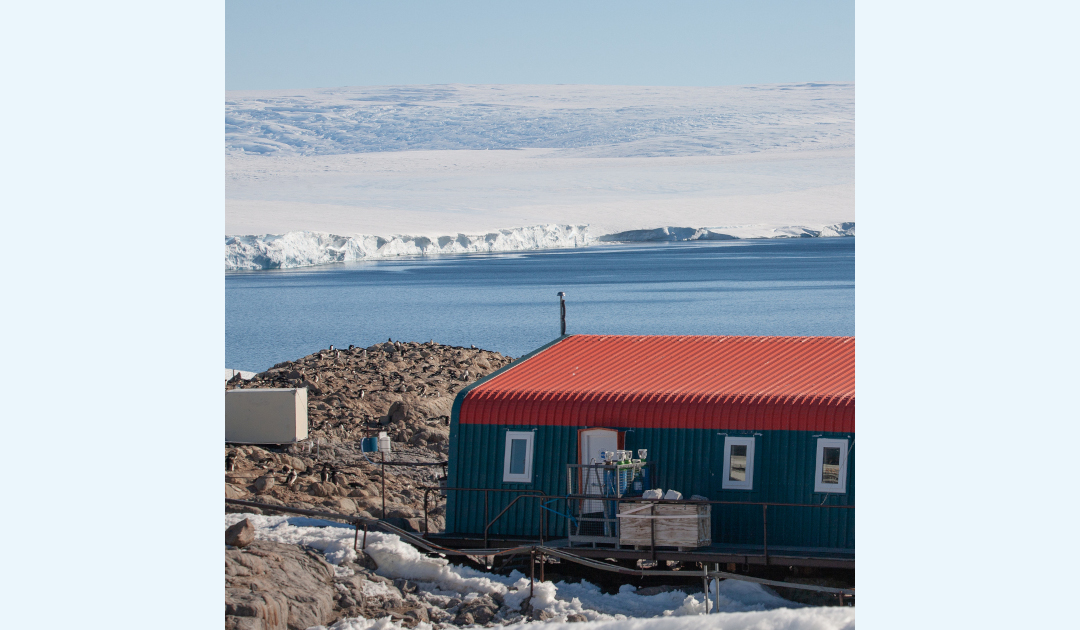
In the context of cohabitation with a research station over several generations, the Adélie penguin seems to tolerate human presence relatively well. However, this result does not predict the effect that other types of disturbance would have on the penguins, such as visits from tourist groups or disturbance linked to the construction of a new station, especially for colonies that are less exposed to human presence.
Furthermore, there is no data on the long-term survival of individuals from colonies close to buildings, so it is impossible to know whether these penguins return to their hatching site or move away from the facilities for future breeding.
Cohabitation between humans and Adélie penguins at a station that was set up more than 50 years ago therefore seems possible as long as the rules aimed at limiting disturbance as much as possible (rules linked to the polar environment and ethics committees) are respected by the technical and scientific teams. However, this observation does not apply to all species, with several examples showing the desertion of breeding areas close to new installations, as was the case with giant petrels, for example.
Yann Méheust
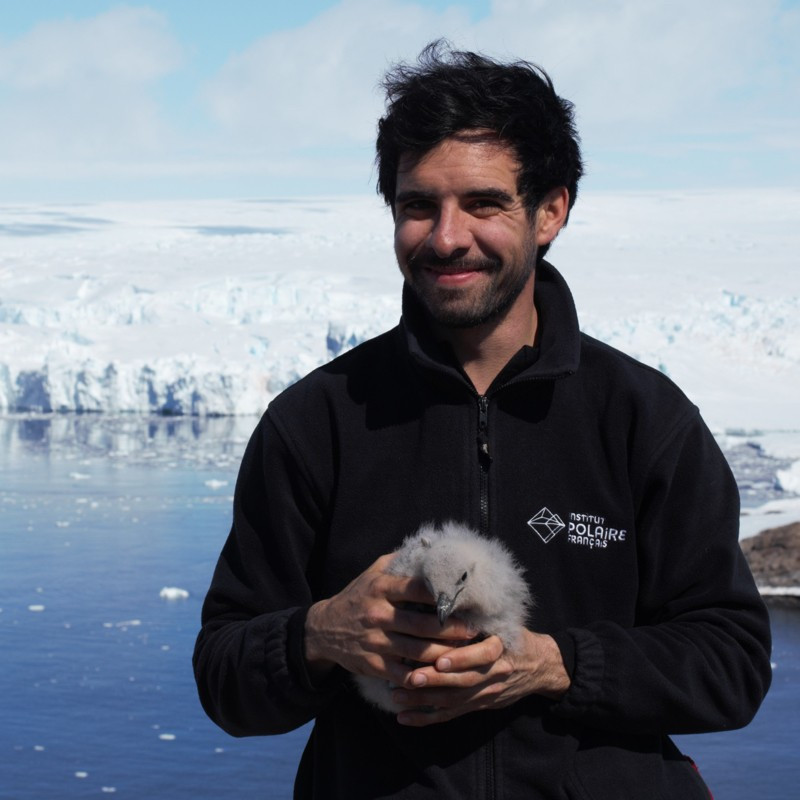
A doctoral student at the Centre d’Études Biologiques de Chizé, Yann Méheust went to Terre Adélie to study the stress of Adélie penguins (Pygoscelis adeliae) and understand how the environment influences their physiology and reproduction. He is also involved in popular science projects (MT180 competition and reviewer for the Papier-Mâché website) and has worked in the science and technology department of the French consulate in Atlanta.
Note and links to studies :
[3] All animal studies requiring researchers to enter specially protected areas of Antarctica receive authorization from regional ethics committees, and from the Terres Australes et Antarctiques Françaises, respectively.
Find out more about this topic:





